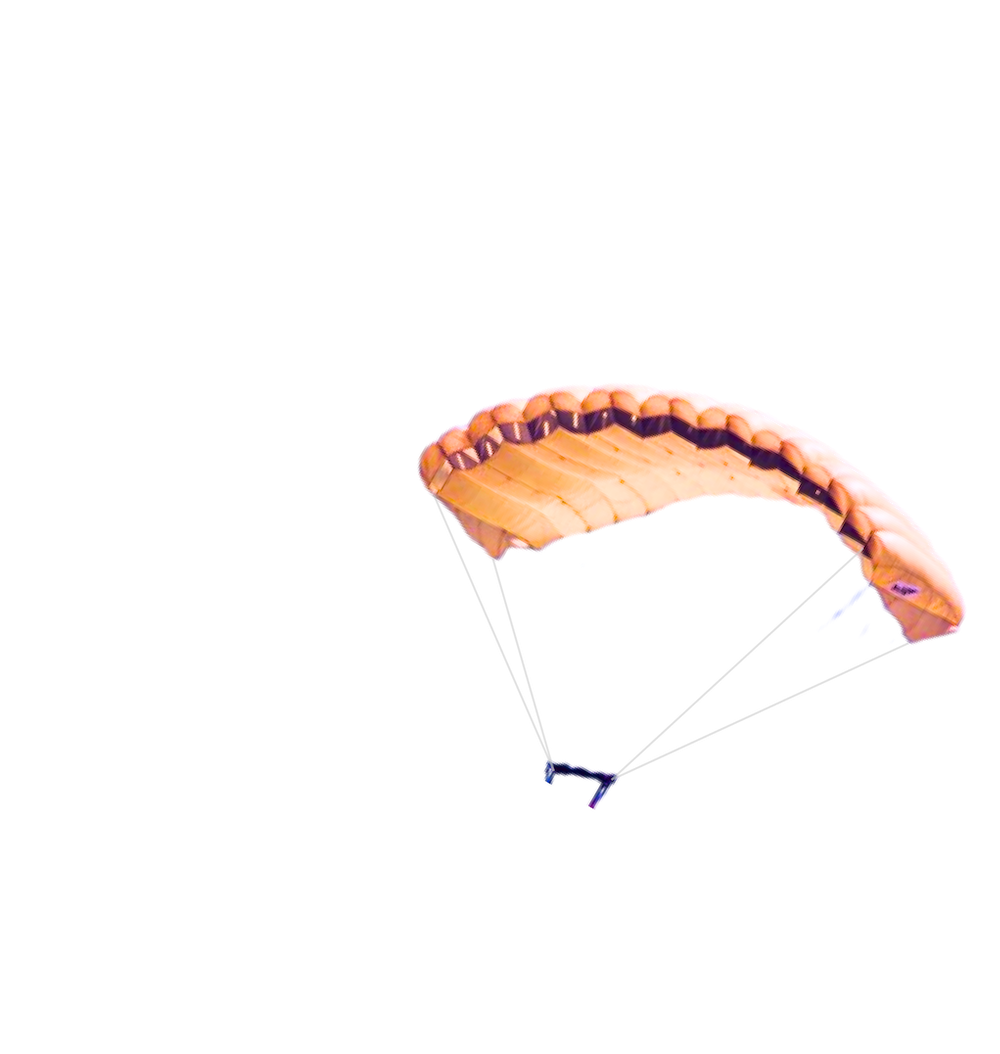For decades, international aid has traditionally focused on funding specific programs—food, healthcare, education. But what if the most effective way to help was simpler? What if it meant giving people cash, directly, with no strings attached?
Direct cash transfers challenge conventional philanthropy by shifting decision-making power to recipients. Rather than dictating how aid is spent, this approach trusts individuals to use the money in ways that best meet their needs. Once considered radical, organisations like GiveDirectly and The Life You Can Save are proving that cash transfers can be a highly effective way to create lasting impact. As Nick Allardice from GiveDirectly put it, “Ten years ago, cash transfers were this wildly contrarian idea”.
But how does the method of giving affect outcomes? Is a one-time lump sum more effective than smaller, ongoing payments? Let’s explore how direct cash transfers are reshaping the future of giving.
The Impact of Large One-Time Cash Transfers vs. Long-Term Support
GiveDirectly’s program delivers large, one-time transfers directly to households living in extreme poverty (under $2.15/day) in Kenya, Malawi, Mozambique, Rwanda, and Uganda. Every household in a village receives ~USD$1,000 with no strings attached.
GiveDirectly is running the longest running trial on universal basic income in the world. They have a 12-year long study that we are halfway through in Kenya. Smaller long-term cash transfers led to more spending on consumption everyday items like food and less income-generating business being invested in, for example, there's fewer livestock being purchased which require larger capital investments upfront. And that's the thing that ultimately is going to kind of drive some of the more sustainable transformations.
Trial Research Thus Far
"We're only halfway through the 12-year long trial. So we're kind of waiting with bated breath to say what happens and continuing to study the data there. But as a result of this midline review, we have shifted some of our universal basic income programs to be more focused on these one-time lump sums.
“(And so we're not by any means kind of ready to give up on the small payments over a long period of time entirely. But we are kind of honing our focus more on the circumstances under which we would do that. Conflict-ridden and climate shock prone country contexts are excluded from these results.)"
Tied Funding vs Dignity of Choice
GiveDirectly's Nick Allardice shares a story of an ethical dilemma of giving a household tied funding to change a thatched roof to an iron roof. It sounds effective right?
An iron roof means no mosquitoes breeding in the thatched roof and additionally brings the ability to collect rainwater but means the noise of the rain keeps the young kids up at night. The dignity of choice for this family to decide (as opposed to assuming the iron roof) is the better gifting solution for this household. GiveDirectly's research is showing that cash transfers provide dignity and improve impact lifting households above the poverty line.
What is the Extreme Poverty Line?
As of the latest update, the World Bank has adjusted the international poverty line from $1.90 per day to $2.15 per day to account for changes in the cost of living and inflation over time.
The new 2022 threshold of $2.15 per day better captures the minimum consumption level needed to meet basic needs.
Global extreme poverty defined by the World Bank has declined significantly from around 36% in 1990 to under 10% by 2017, however 700 million people are still living in extreme poverty. Sub-Saharan Africa and South Asia are the top two regions with the highest rates of extreme poverty. Can your philanthropy transcend borders?
Planning Your Philanthropy Giving for Maximum Impact
Do you have a pattern or strategy for your charity giving? Do you want to be more effective with your donations? Are your annual donations reflective of the world's most pressing issues? Talk to us today about your philanthropic structure and strategy. Our Philanthropy Consulting Team can guide you with effective altruism and doing the most good you can do.



